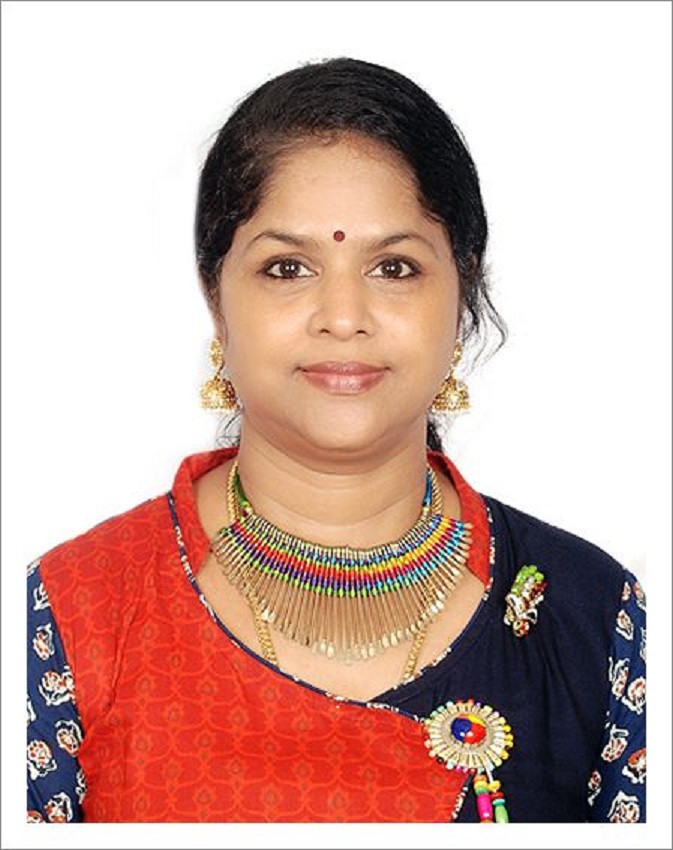Course abstract
This course will start with a brief introduction to fuzzy sets. The differences between fuzzy sets and crisp sets will be identified. Various terms used in the fuzzy sets and the grammar of fuzzy sets will be discussed, in detail, with the help of some numerical examples. The working principles of two most popular applications of fuzzy sets, namely fuzzy reasoning and fuzzy clustering will be explained, and numerical examples will be solved. Fundamentals of neural networks and various learning methods will then be discussed. The principles of multi-layer feed forward neural network, radial basis function network, self-organizing map, counter-propagation neural network, recurrent neural network, deep learning neural network will be explained with appropriate numerical examples. The method of evolving optimized fuzzy reasoning tools, neural networks will be discussed with the help of some numerical examples. Two popular neuro-fuzzy systems will be explained and numerical examples will be solved. A summary of the course will be given at the end.
Course Instructor

Prof. Dilip Kumar Pratihar
I received BE (Hons.) and M. Tech. from REC (NIT) Durgapur, India, in 1988 and 1994, respectively. I obtained my Ph.D. from IIT Kanpur, India, in 2000. I received University Gold Medal, A.M. Das Memorial Medal, Institution of Engineers’ (I) Medal, and others. I completed my post-doctoral studies in Japan and then, in Germany under the Alexander von Humboldt Fellowship Programme. I received Shastri Fellowship (Indo-Canadian) in 2019 and INSA Teachers’ Award 2020. I am working now as a Professor (HAG scale) of IIT Kharagpur, India. My research areas include robotics, soft computing and manufacturing science. I have published more than 275 papers and book-chapters. I have written the textbooks on “Soft Computing” and “Fundamentals of Robotics”, co-authored another textbook on “Analytical Engineering Mechanics”, edited a book on “Intelligent and Autonomous Systems”, co-authored reference books on “Modeling and Analysis of Six- legged Robots”; “Modeling and Simulations of Robotic Systems Using Soft Computing”; “Modeling and Analysis of Laser Metal Forming Processes by Finite Element and Soft Computing Methods” and “Multibody Dynamic Modeling of Multi-legged Robots”. My textbook on “Soft Computing” had been translated into Chinese language in 2009. I have guided 22 Ph.D.s. I am in editorial board of 10 International Journals. I have been elected as FIE, MASME and SMIEEE. I have completed a few sponsored (funded by DST, DAE, MHRD) and consultancy projects. I have filed two patents.More info
Teaching Assistant(s)
No teaching assistant data available for this course yetCourse Duration : Feb-Apr 2021
View Course
Syllabus
Enrollment : 18-Nov-2020 to 15-Feb-2021
Exam registration : 15-Jan-2021 to 12-Mar-2021
Exam Date : 25-Apr-2021
Enrolled
1988
Registered
140
Certificate Eligible
84
Certified Category Count
Gold
15
Silver
27
Elite
32
Successfully completed
10
Participation
7
Legend
AVERAGE ASSIGNMENT SCORE >=10/25 AND EXAM SCORE >= 30/75 AND FINAL SCORE >=40BASED ON THE FINAL SCORE, Certificate criteria will be as below:
>=90 - Elite + Gold
75-89 -Elite + Silver
>=60 - Elite
40-59 - Successfully Completed
Final Score Calculation Logic
- Assignment Score = Average of best 6 out of 8 assignments.
- Final Score(Score on Certificate)= 75% of Exam Score + 25% of Assignment Score
We have taken best assignment score from both Jan 2020 and Jan2021 course
Enrollment Statistics
Total Enrollment: 1988
Registration Statistics
Total Registration : 140
Assignment Statistics
Exam score
Final score
.jpg)
.jpg)
.jpg)
.jpg)




